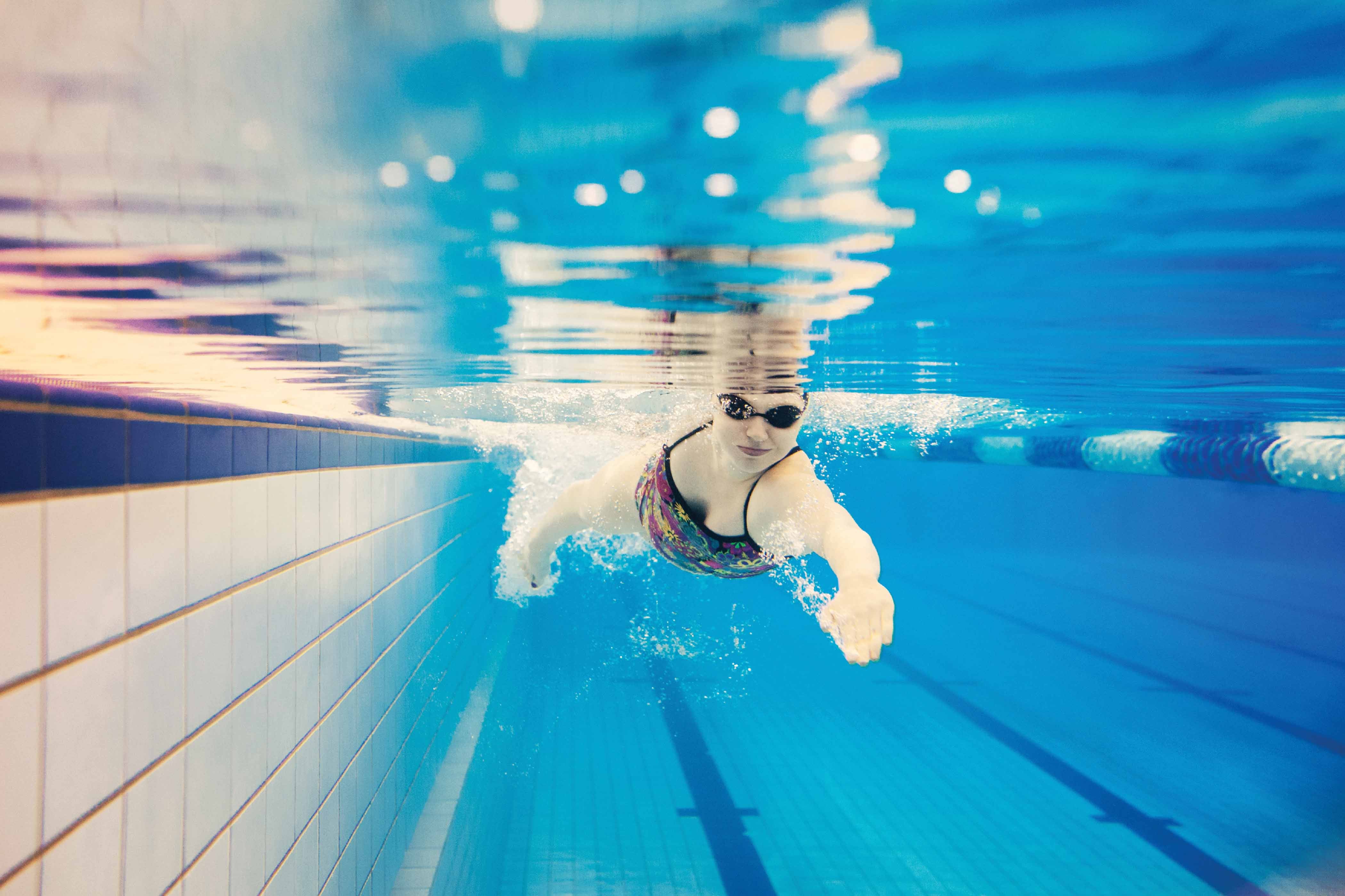Efficient Swimmers Don’t Glide—They Reach

Photo: iStock
Swim terminology all comes down to how your brain processes the instruction. When a coach describes swimming concepts, much can be lost in the sometimes tedious explanation process. One of the most commonly misinterpreted swimming terms is “glide.” The word conjures images of birds floating effortlessly through the air or skaters sliding smoothly over ice. But the only use of glide in triathlon should be a debate over which anti-friction product is best.
Water is almost 800 times thicker than air. As a result, any gliding attempts in the water look like a bird trying to glide through a glass window—as in, extremely unsuccessful at making forward progress.
So why does this term keep popping up at the pool? With the rise in popularity and success of “front quadrant swimming,” many observers saw a moment in the stroke where both arms are ahead of the swimmer’s torso while the swimmer continued to make forward progress through the water. Ah-ha! The swimmer is gliding through the water!
Except the swimmer is not actually gliding. Gliding is defined as moving with a continuous motion. When a swimmer pauses to glide, he is really doing one of two things: either immediately slowing down because he is no longer providing propulsion with the stroke, or providing additional propulsion with a strong kick. Because a triathlete does not want to do either of those two things (slow down or kick harder), gliding is not the best concept to focus on in the water.
I suggest using the alternative word “reach,” which suggests that the swimmer must play an active role during this phase. The reach is a forward extension of the right arm as the torse and shoulder rotate in that direction. It occurs as the left hand is pulling past the thigh. The reach leads immediately into the catch, leaving the swimmer with no pause in propulsive force between strokes. The left arm, now in recovery, is responsible for making a quick trip through the air and splashing back into the water before the right arm has pulled past the upper torso.
Next time you get in the pool, think of all the birds that have tried to glide through windows—and try not to add yourself to that list.
RELATED: Make Reducing Drag A Priority In The Water
You might be gliding too much if…
You kick a lot to keep moving
Both of your hands are in front of your head
You feel a hesitation in your stroke cycle
Your recovery phase is slow and deliberate
Your catch is not in sync with your rotation